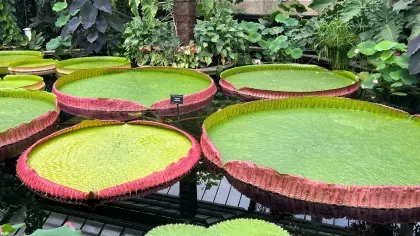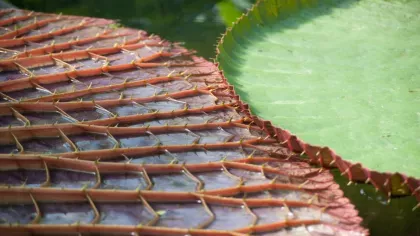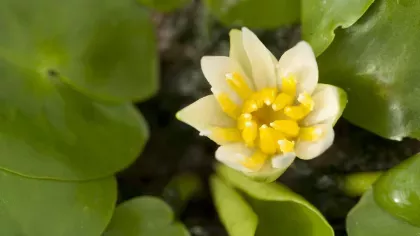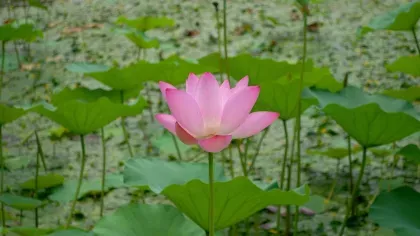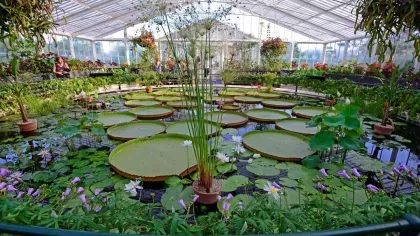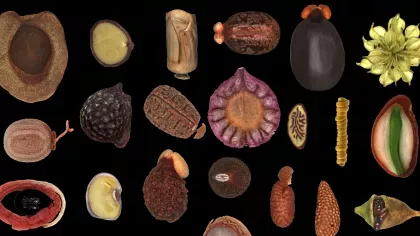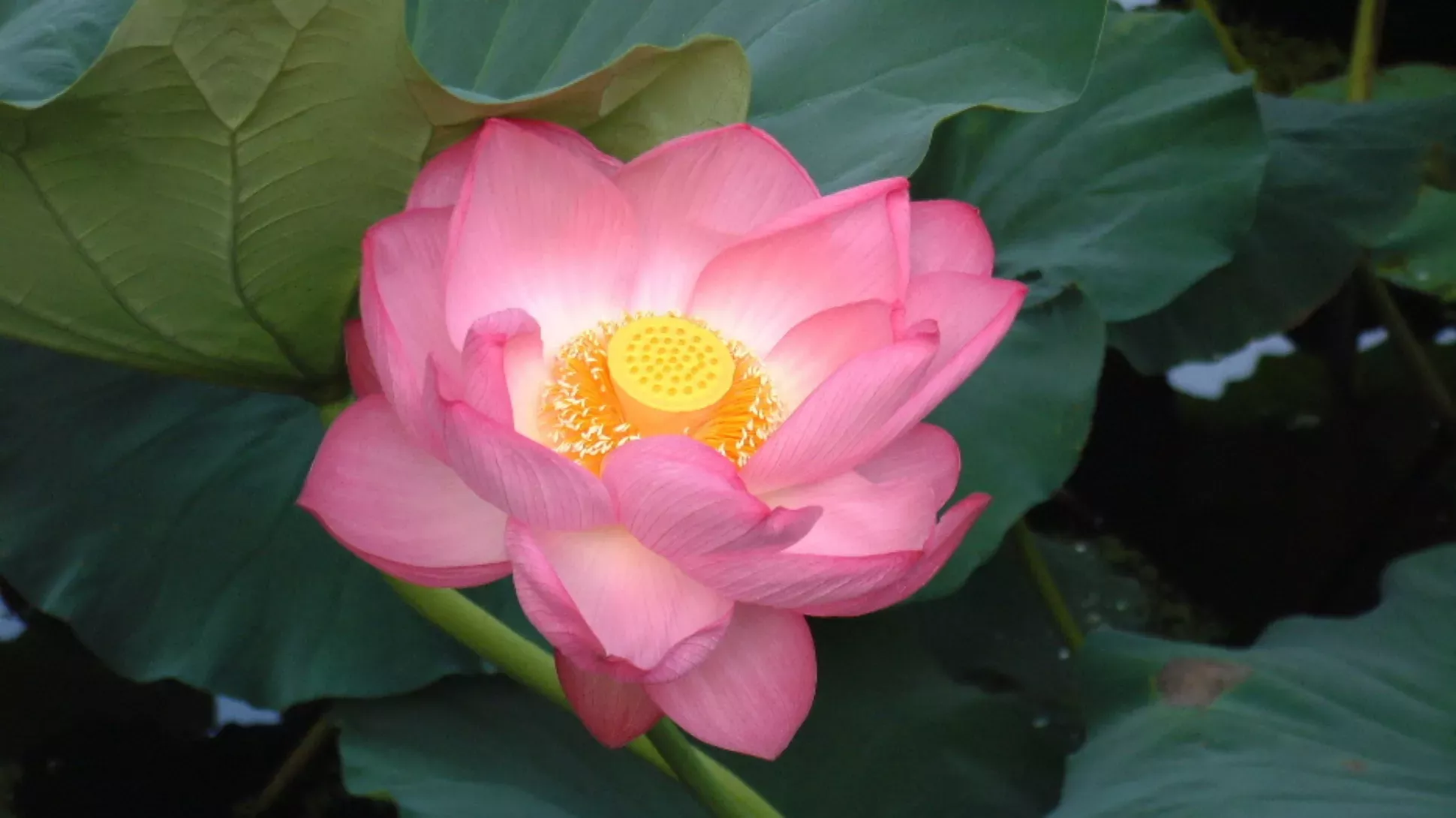
Sacred lotus
On this page
From beneath the mud of riverbeds and deltas, the seeds of the sacred lotus burst into life, even after hundreds of years of dormancy.
The longevity of the sacred lotus, along with its beautiful flowers, see it featured heavily in religious art, especially across Asia.
Hinduism and Buddhism both feature the lotus as a symbol for divinity, immortality and purity.
The sacred lotus is also a popular foodstuff, with everything from the fleshy rhizomes to the seeds being eaten.
Despite the resemblance, the sacred lotus is actually distantly related to the waterlilies in the Nymphaeaceae family. Lotuses are actually more closely related to plane trees (Platanaceae) and macadamia trees (Macadamia).
Plant description
The sacred lotus is an aquatic plant with rhizomes (modified stems that are like roots) that grow in the mud at the bottom of rivers, lakes and marshes. Its large, flat leaves, which can grow up to 80cm across, sit on the water surface on stalks up to 2m long. Water droplets will sit on the leaves and roll off if disturbed.
The flowers are white to pink, and grow around 30cm across, with differing numbers of petals between varieties. The centre of the flower dries and forms the green seed head which contains numerous small green seeds.
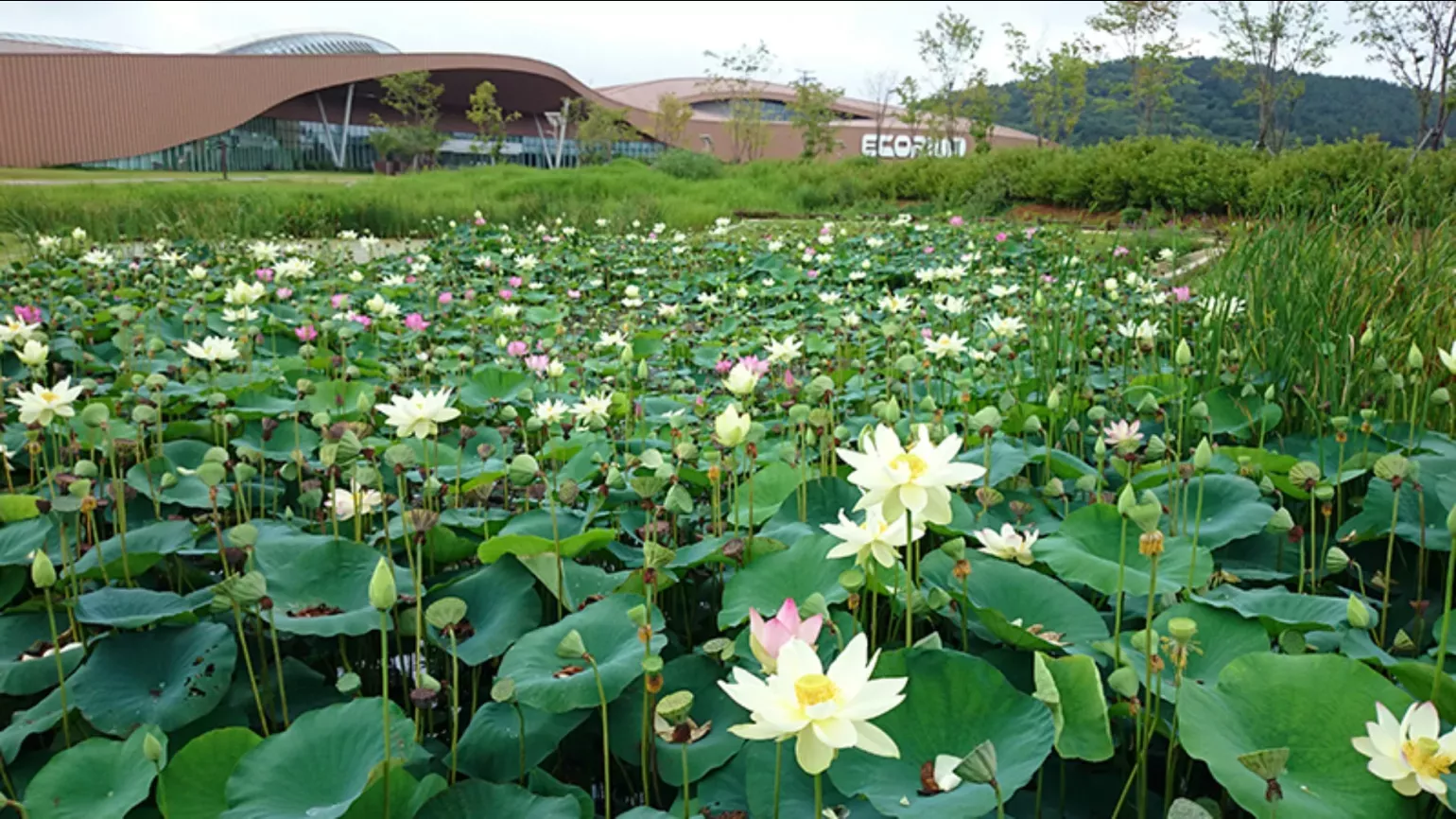
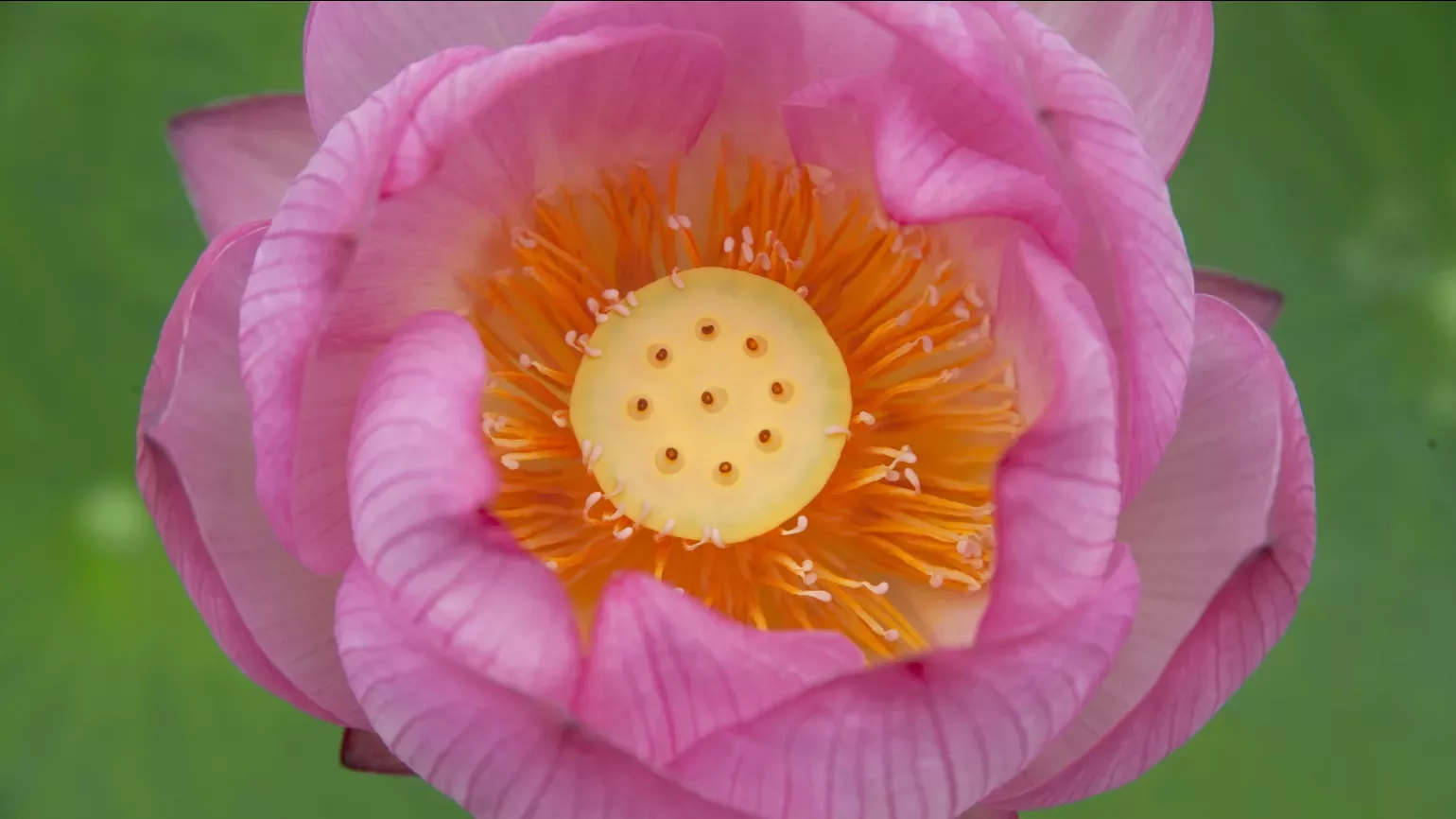
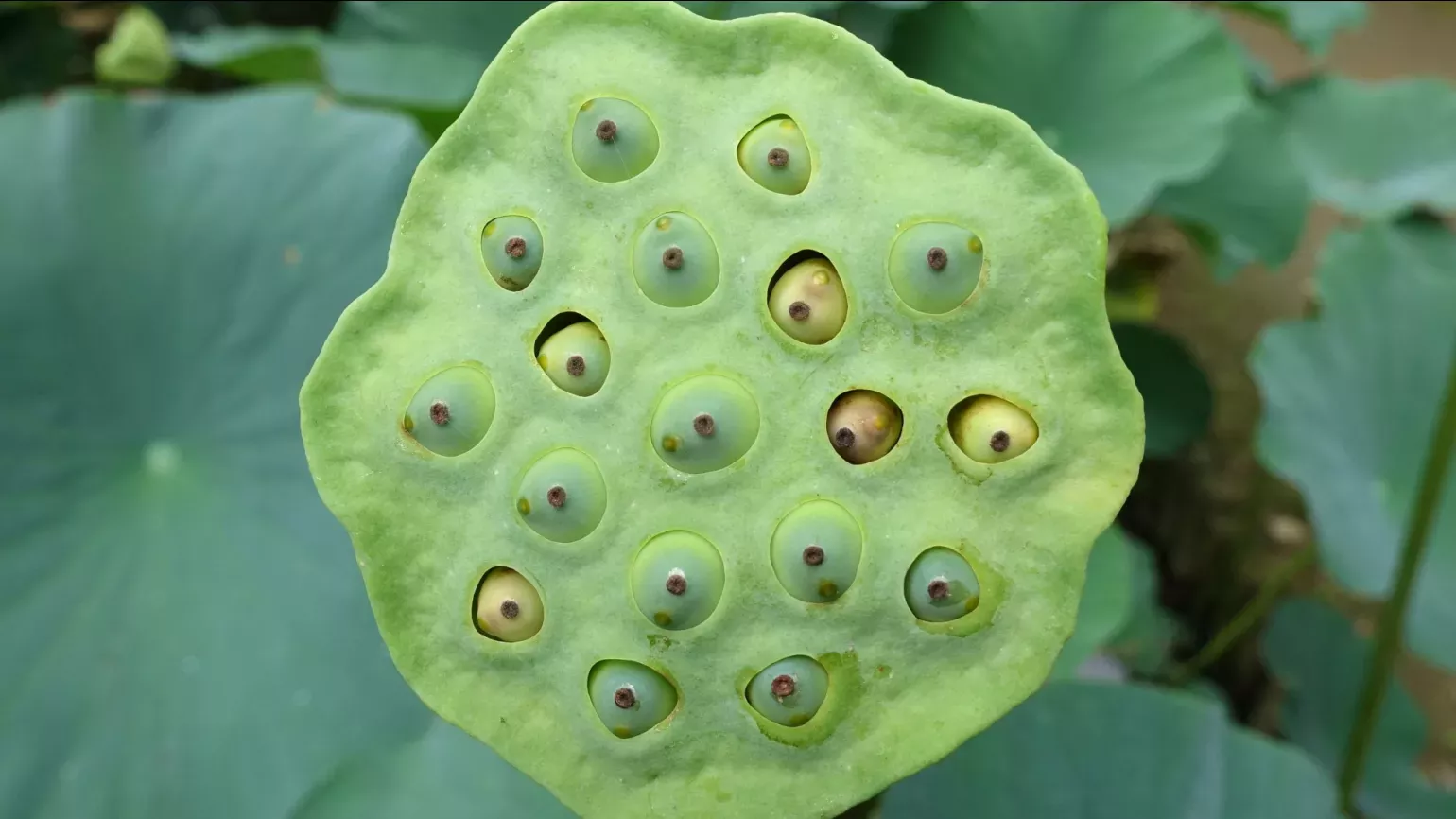

Plant uses
Cultural
Lotus thrones are pedestals for sculptures and statues in many East Asian religious artworks for divine figures such as the Buddha.
In Hinduism, the sacred lotus is representative of the sun, as well as a fertility symbol.
In Buddhism, the lotus represents purity. The name of the second Buddha, Padmasambhava, means ‘born from a lotus’.
The lotus is the emblem of Macau, which appears on the country’s flag.
The lotus is the national flower of India and Vietnam.
Food and drink
The rhizomes of lotuses are eaten across Asia, fried, pickled or stuffed with other foods.
Lotus rhizomes are dried and milled into flour.
In Korea, China and Vietnam, lotus leaves, flowers, roots and seeds are used to produce lotus tea.
The stems of the sacred lotus are used in Vietnam as an ingredient in curries.
Health
Sacred lotus plants are used in a number of traditional Asian medicines, including as treatments for fever, headaches and indigestion.
Materials and fuels
Dried lotus seed heads are often used in flower arranging for their unique appearance.
The sap from the lotus stem can be spun by hand into silk.
The specialised surface of lotus leaves has inspired the design of other hydrophobic coatings.
Did you know?
The sacred lotus can control the temperature of its flowers, keeping them above 30°C during winter to attract insects.
Sacred lotus seeds remain viable for extremely long periods of time – a seed over one thousand years old successfully sprouted.
Sacred lotus plants are promising candidates for nature-based water treatment, filtering out harmful heavy metals, while also preventing the growth of algae.
Lotus leaves are covered in tiny bumps called papillae, which are covered with tough, waxy tubes. This makes the leaves incredibly water-repellent, or hydrophobic, keeping the leaf dry, and also removing particles of dirt.
Where in the world?
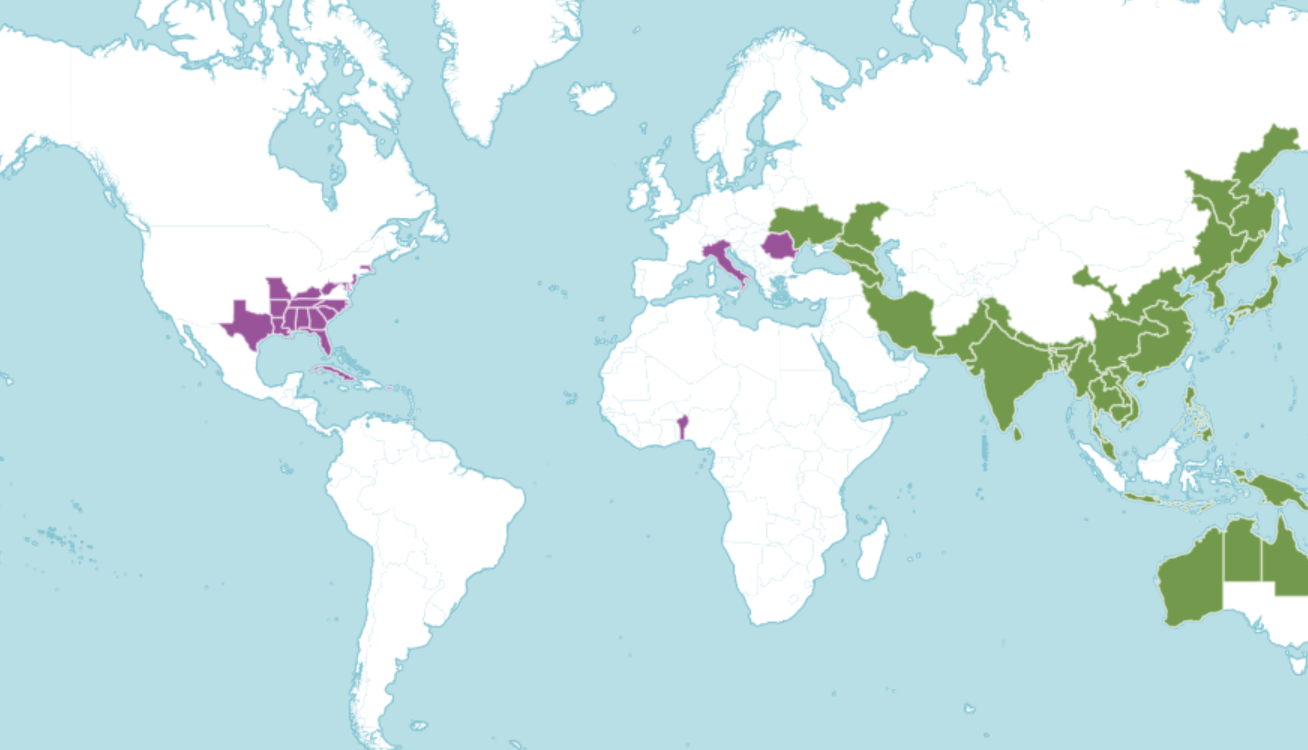
Warm temperate to tropical climates, in shallow wetlands, including floodplains, lagoons and swamps.
Find it in our gardens
Kew Gardens
A botanic garden in southwest London with the world’s most diverse living plant collection.
Location
Waterlily House, Princess of Wales Conservatory
View map of Kew Gardens